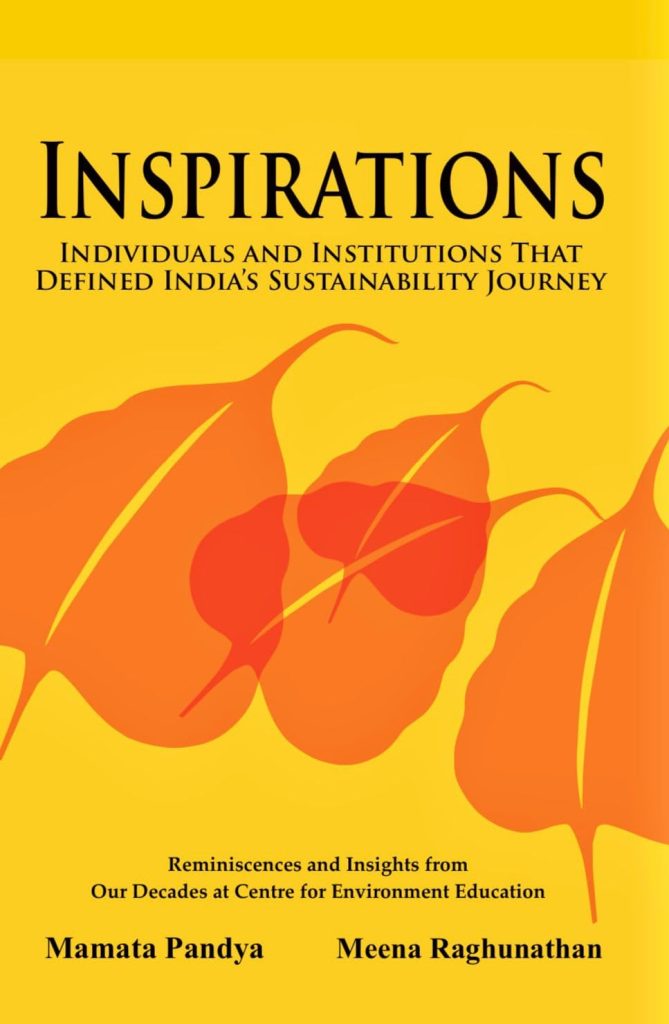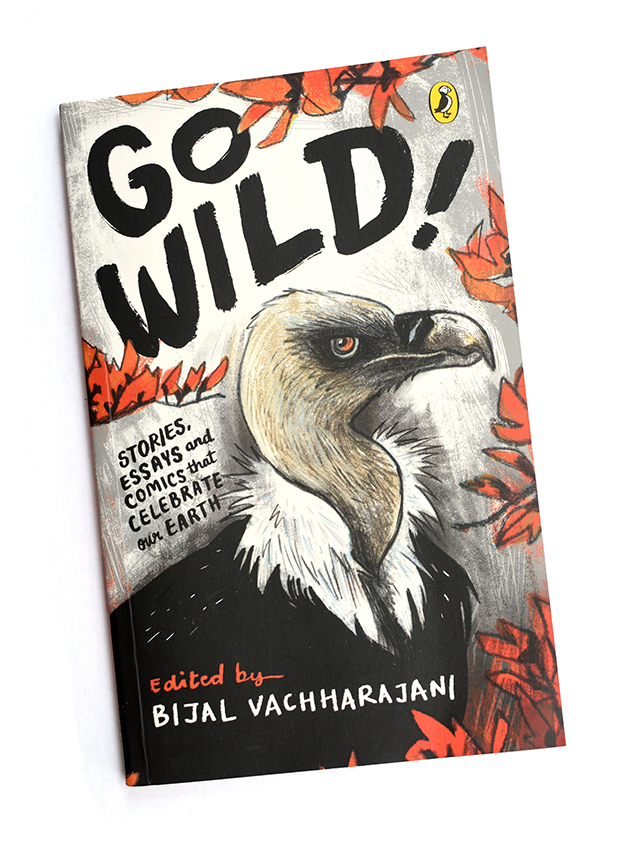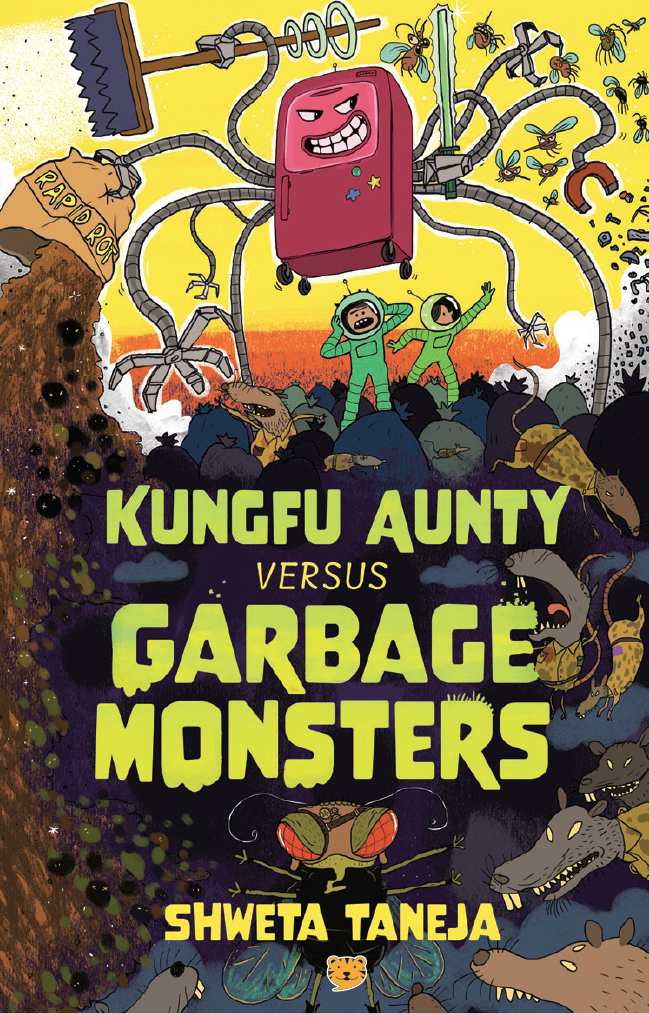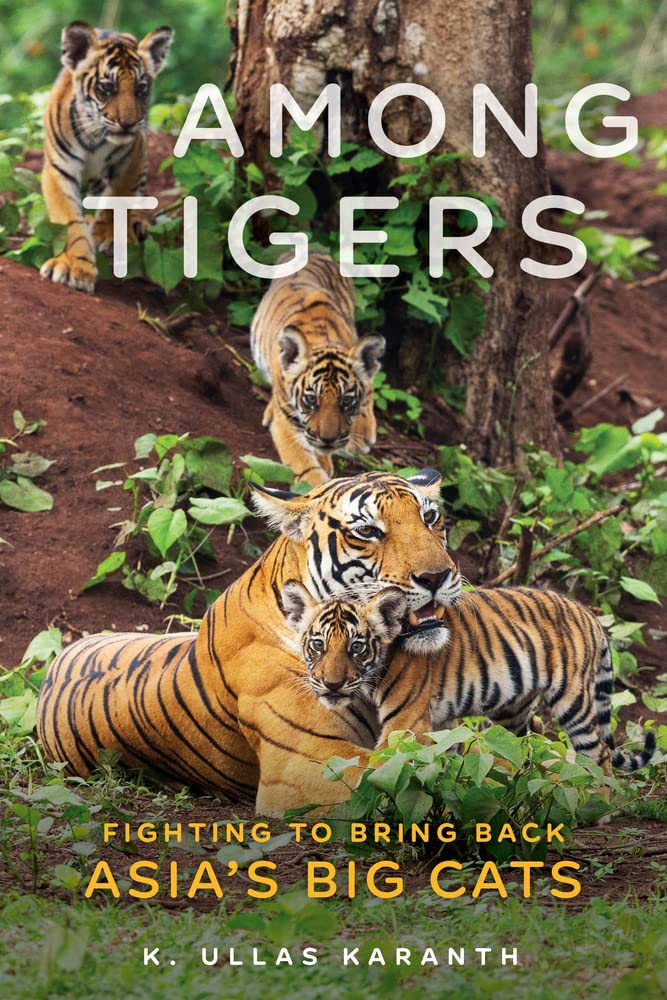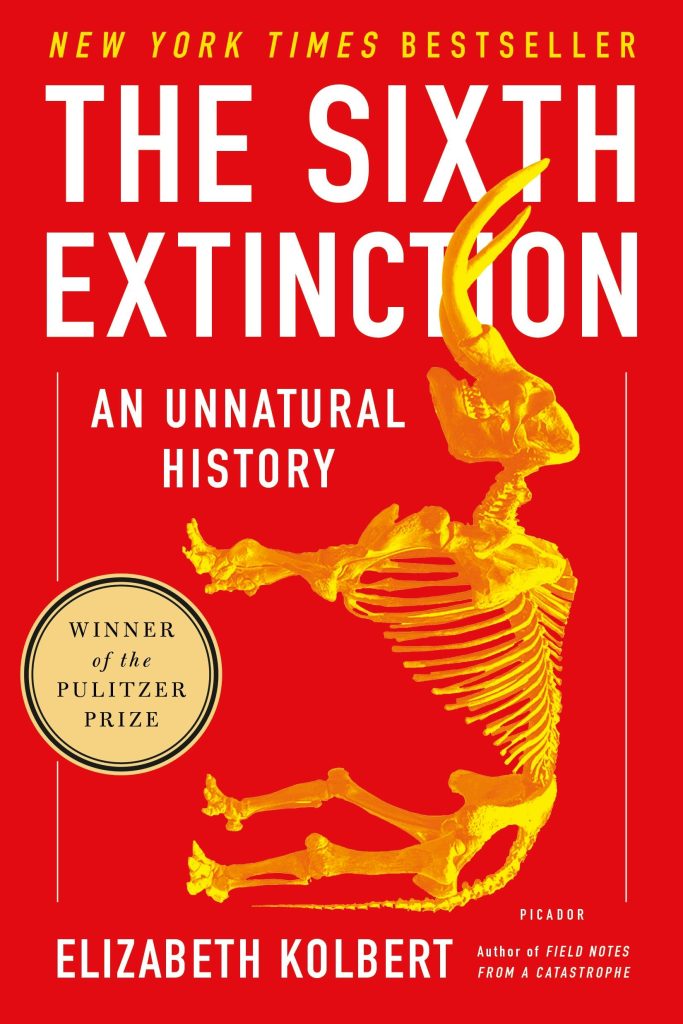In the midst of the pandemic, an all-too-pervasive piece of evidence of human impact on the natural world, ‘Wild and Wilful’ hit both virtual and quarantined bookshelves. The book—authored by Neha Sinha, a conservation biologist based in Delhi—is a collection of fifteen essays that discusses the building plight of some of India’s most vulnerable and misunderstood species. She divides up her book into four elements—‘earth’ (leopards, rhesus macaques, great Indian bustards, cobras, Asian elephants and tigers), ‘sky’ (tiger butterflies and Amur falcons), ‘water’ (Ganges river dolphins and marsh crocodiles), and ‘heart’ (rosy starlings). These species, carefully selected for their often contentious relationships with people, form the media for her arguments for why people’s ownership over wilderness needs to dissolve into coexistence. This is, however, easier said than done, and some of the challenges of achieving such human–wildlife harmony are highlighted through Sinha’s narrative.
As a rather avid writer of environmental issues, Sinha has highlighted case-specific instances where people’s actions towards endangered wildlife have seemed unwarranted or illogical, through well-documented events from India’s recent past. There is an underlying tone of frustrated indignation, clearly advocating for the concerted preservation of these species. This is especially evident in her accounts of leopards in urban areas, cobras at the hands of “pedestrian bacchanalia”, elephants traversing across roads and railways, and river dolphins navigating through thinning, trafficked waters. Stop-gapped through these laments, Sinha finds beauty in these species, and argues that they are gentle, intelligent and harmless creatures—particularly when unprovoked.
While the book speaks of the wild, striving against odds to make it in the Anthropocene, each essay is, in essence, a reflection of the human condition juxtaposed with shared spaces where people and animals find themselves. Sinha speaks of how people perceive these wild animals in different settings—in the forest versus an urban space, for instance—and comments on how the value of some of these endangered species is lost on the human populace that considers them to be an inconvenience or actively dangerous. Further away from the urban elite, culture and tradition find their way into human–animal interactions, vividly portrayed in the essays about elephants, snakes, and birds. Stories of genuine loss seep into the picture with regard to leopards, tigers, crocodiles, and elephants, felt both by the people and the endangered species. This breadth of topics is ambitious ground to cover, owing to situational differences in on-ground realities across species and landscapes. Sinha has attempted to combine species ecology, the human perspective, scientific voices, known incidents of human–wildlife conflict, and personal experiences to paint a holistic picture of the conservation challenges being faced in India. She manages to do this with varying levels of success as the book progresses. The most insightful are her pieces about tigers, dolphins, and starlings, which reflect her personal involvement and expertise in these landscapes.
Wild and Wilful reads like a book that was written with a well-intentioned sense of urgency. The ecological battles being fought at present across the country highlighted through this book are relevant, and a quick-read such as this one is needed to communicate them to a wider audience. The book aims to touch upon burning topics in the field of conservation in a comprehensive manner—ranging from the wanton translocation of wild animals and frequent deaths of endangered species along railway lines or busy roads, to human deaths caused by large mammals and wide-scale hunting. However, I found that the book often fell short of achieving these goals, and left me craving a more meaningful engagement through the pages.
Neha Sinha’s writing changes voice—at times precise, and at others, verbose. This can be tedious to read, especially in the midst of a riveting anecdote. Serious accounts of conflict and loss give way to tangential metaphors drawn from personal introspection in each chapter. While occasionally poetic and well-placed, they distract from the narrative’s focus, and I found myself having to retrace my steps as a reader. This may, however, be merely a matter of personal preference, with others taking delight in these interspersed ponderings.
Apart from the writing style, the book contains a few factual inaccuracies and sporadic typos which are hard to ignore. In her first essay, Sinha writes, “The Leopard, like all wild animals, had a deep, resonating distrust of people.” Statements like these could drive home a single-sided narrative of wild animals and, by extension, their lives among people. Less problematically, lines like“(The rhesus macaque’s) brown, furry face, its clever fingers and its long, flexible tail are symbols of mischief.” make for fun imagery, despite rhesus macaques having rather short, stubby tails.
Further, a more well-rounded perspective of how human–animal interactions unfold could have added an extra dimension to each essay. Sinha makes some strong statements with unwavering certainty, which make me sceptical of whether those stories are truly as black-and-white. “But relationships between the forest department and villages have never been good…” writes Sinha, in the context of tigers going locally extinct in Sariska Tiger Reserve, a place where she also claims that, “The sole cause for extinction was poaching.” I fear that the lack of multiple perspectives and the singular representation of human versus animal could cultivate a polarized view of on-ground realities in her readers. The reasons for why people feel and behave the way they do towards animals were reflected upon purely in passing, biasing the reader to empathize almost exclusively with the animals in consideration. Or, perhaps, this was the intention all along—driving home the need for urgent action deeper still.
I was occasionally uncertain as to whether Neha Sinha was recounting popular opinion, stating facts or voicing personal beliefs. Concrete statements about animal behaviour and ecology too felt extreme in some cases, for instance,“(The rhesus macaques in Delhi) have lost the one thing that made them wild: they no longer know how to look for food, because they have forgotten how to do so.”
Speckled along the way, Sinha deviates from her deep descriptions to succinctly sum up the dire situations that both wildlife and people find themselves in. Some of these made me smile, while others caused me to pause and think before moving on. She speaks of the Yamuna by saying, “When the river floods, it joins hands with the wetlands in the park, pushing forward a nursery of fish, molluscs, gastropods, hydrophytes, and hope.” The painstaking battle of conserving the great Indian bustard is summarised with, “The mind’s eye has already made a fossil out of a being that is still alive.” Perhaps the most simply, yet powerfully, articulated line from her writing of how people treat wild animals lay buried in her essay on the Asian elephant, “…they are a who, not a what.”
At the end of the day, Wild and Wilful is a book that advocates for India’s wildlife through emotional, impassioned and strongly-worded arguments. By picking species representative of nearly every habitat this country has to offer, and the various circumstances under which people impact their environments, the book provides a fundamental anthology, especially for the uninitiated. Neha Sinha’s first book aspires to educate readers of the several injustices and challenges faced by India’s simultaneously immense human population and teeming biodiversity. While the manner in which it’s been written might not be suited to every reader’s liking, the overarching message that she sends is an important and unavoidable one—“We are part of (the world at large), not owners of it.”

